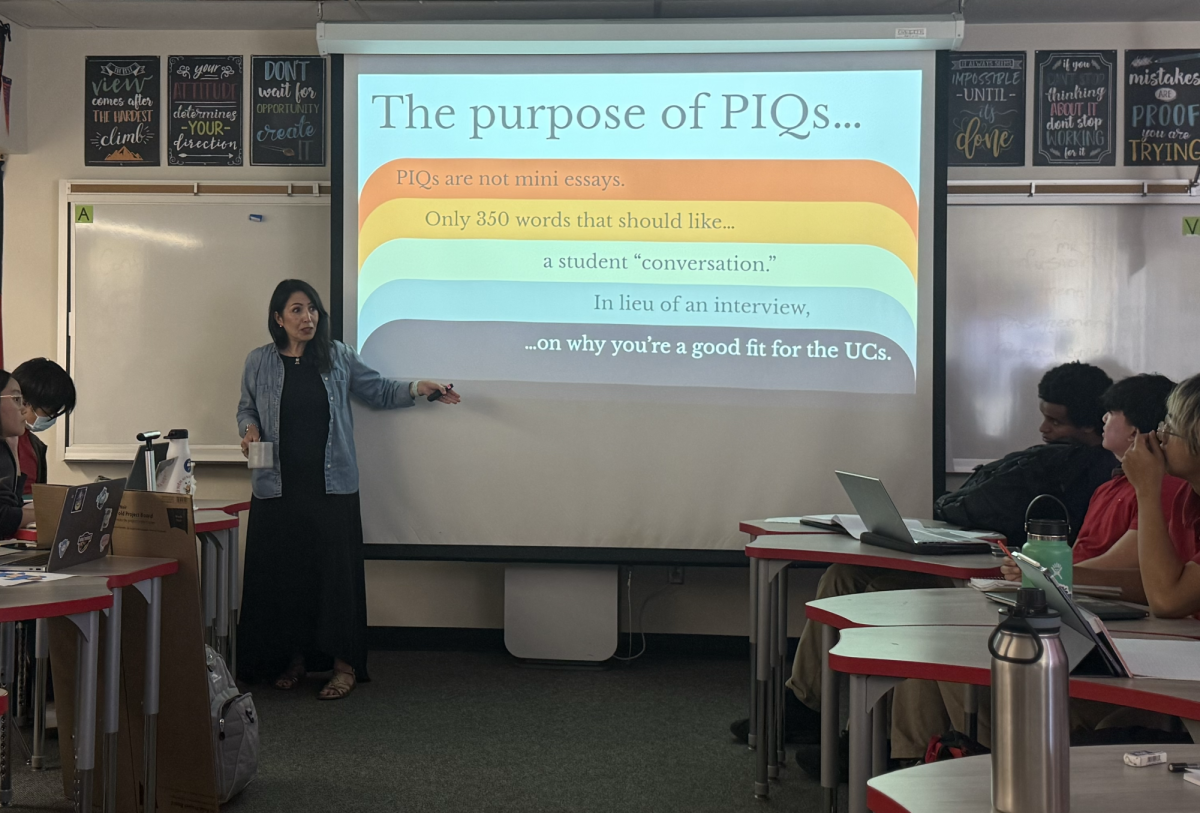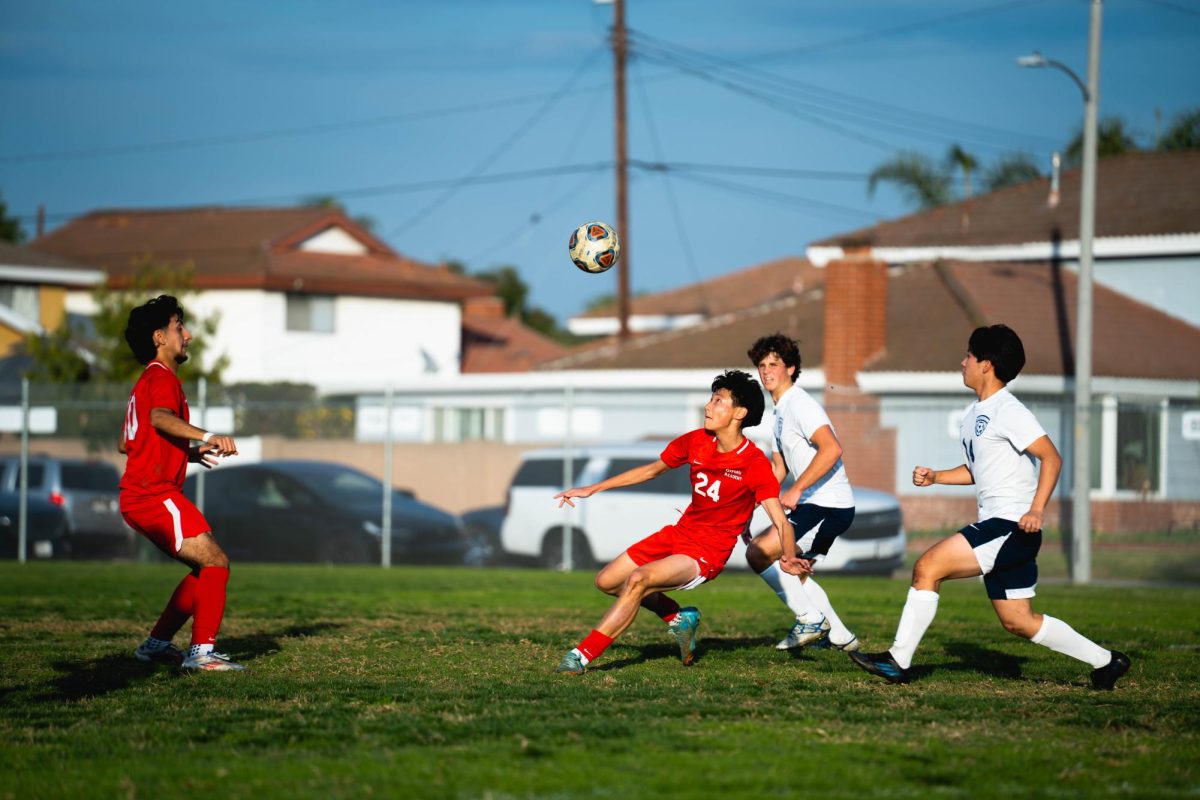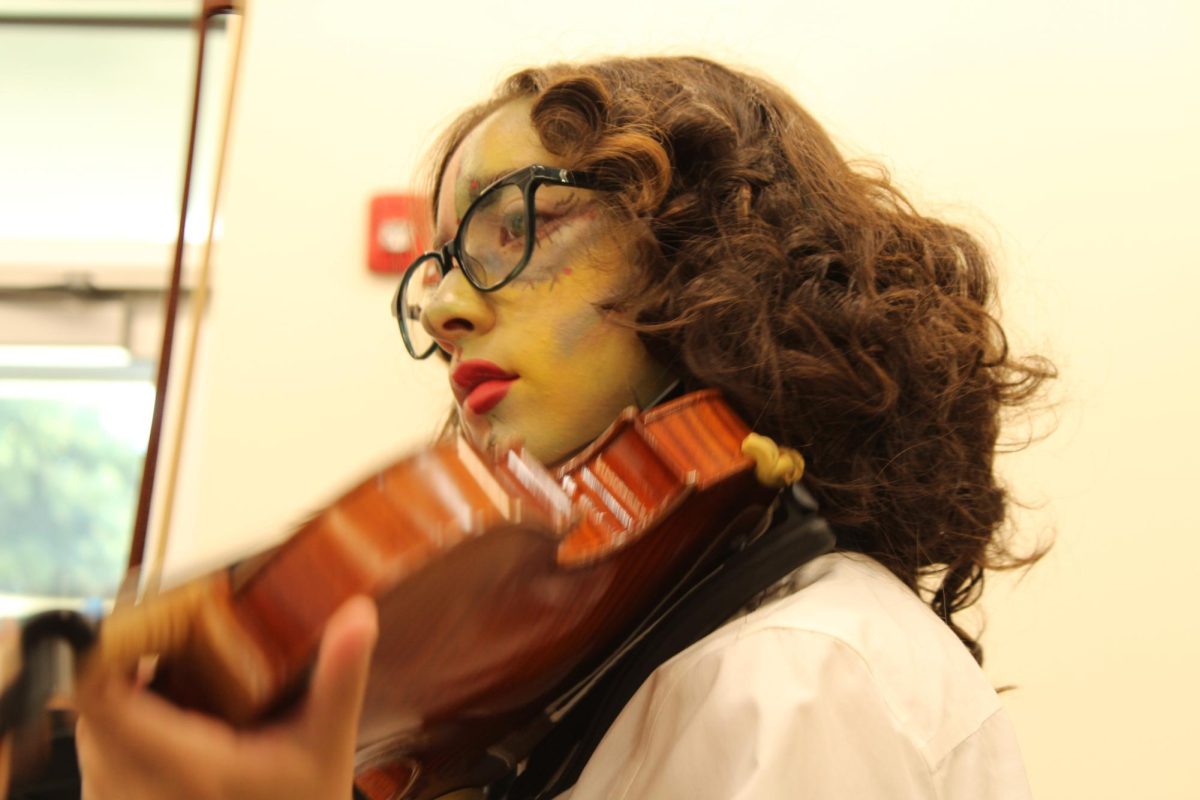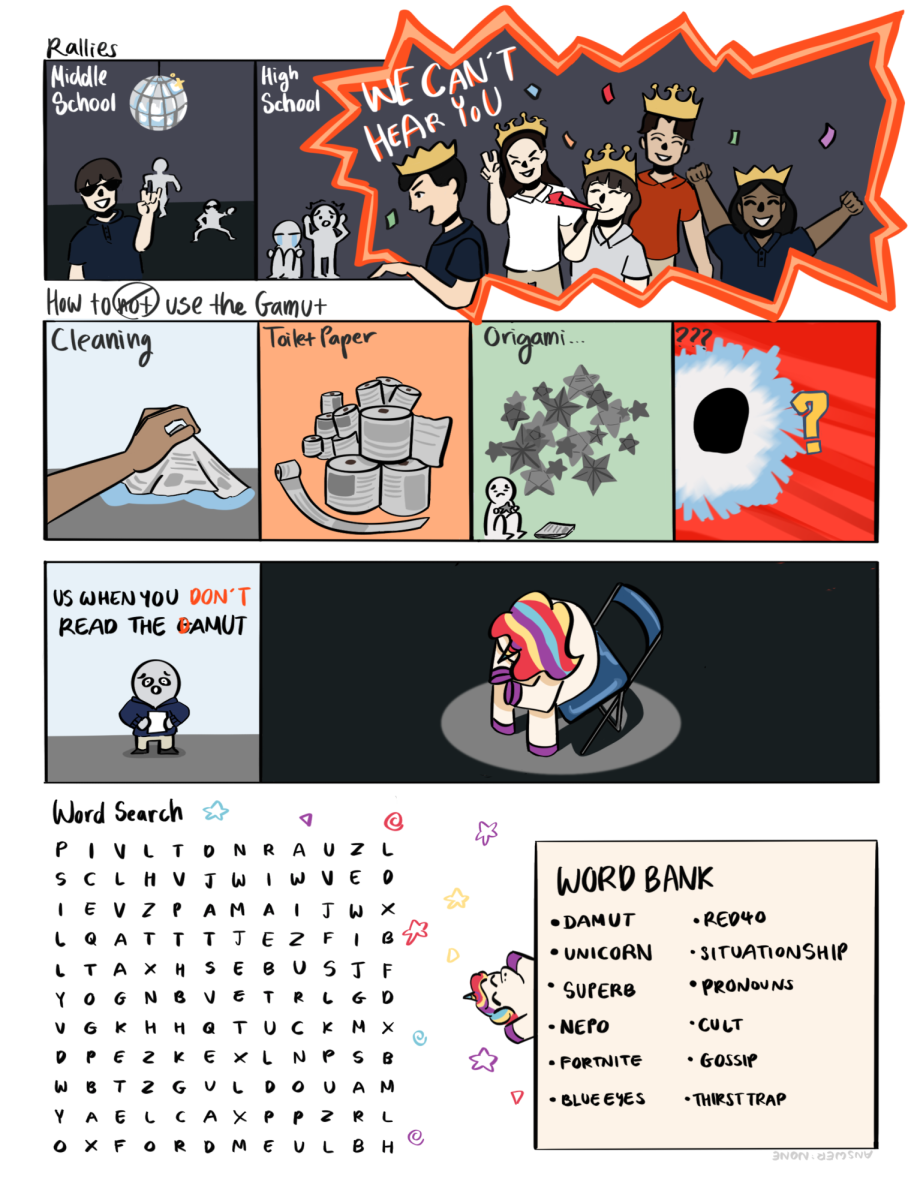
On Sept. 13, Mahsa Amini, a 22-year-old Iranian woman, was arrested by the morality police in Tehran, Iran, for wearing her headscarf too loosely. Three days later, Amini died, allegedly killed by law enforcement, sparking outrage and protests from Iranians.
Iran’s security forces said that after her arrest, Amini was taken to a detention center where she received training on hijab rules and later died of a heart attack. However, witnesses said the police hit Amini in the head with a baton, and medical professionals later affirmed that Amini suffered head injuries. Despite this, Iranian authorities denied involvement in her death, leading to protests in over 80 cities in Iran.
In major cities like Tehran, Isfahan, Rasht, and Shiraz, crowds rallied with signs, chanting “women, life, freedom” to stand in solidarity with Amini. Posting videos and images on social media, some protestors cut their hair and burned hijabs in public.
“We say that it doesn’t matter if you wear it or not; if they want to kill us, they will. If they want to arrest us, they will,” said an unnamed protester to The Current. “So let me [be] myself. I want to live the way that I want.”
The Iranian government retaliated by deploying riot police armed with batons, tear guns, and metal pellets. Police fired rounds as protestors set police cars and buildings on fire, resulting in over 3,000 arrests and hundreds injured. Norway-based group Iran Human Rights (IHR) reported the death toll was at least 201, though many fatalities are unaccounted for.
Following the videos of public defiance on social media, Iranian authorities conducted an internet crackdown, blocking WhatsApp, Instagram, and other social media platforms used by protesters to share information. To prevent further demonstrations, internet access was heavily restricted in the afternoons and regional blackouts were enacted.
“The regime does not want news of their brutal crackdown to get out,” said Yeganeh Rezaian, senior researcher at the Committee to Protect Journalists to Voice of America. “They don’t want people to be connected with each other and with the outside world.”
Despite Iranian government efforts to prevent the spread of calls for justice, demonstrations have begun in Lebanon, Chile, Germany, London, France, and the United States, where crowds raised images of Amini and chanted her name. At UCLA, the Iranian Student Group organized a vigil at Bruin Plaza to honor Amini.
Alongside the expansion of protests, the initial calls for government accountability transformed into broader demands for more freedoms for women and a change in the Iranian regime. People across the country chanted “death to the dictator,” referring to Iran’s Supreme Leader Ayatollah Ali Khamenei.
“The anger on the streets is palpable,” said Jasmin Ramsey, deputy director at the Center for Human Rights in Iran. “[It’s] a culmination of the past five years where all facets of society […] have been trying to call for an end to the crisis of impunity in Iran despite violent state repression.”
Many international human rights groups, such as the Iran Human Rights group and the Human Rights Watch group, issued statements of concern about the authorities’ use of lethal force when handling protestors. The United Nations condemned the morality police’s frequent attacks on women and their denial of “fundamental human dignity when enforcing compulsory hijab policies.” They also called for an investigation into Amini’s death, which is still underway.
“Mahsa Amini’s tragic death and allegations of torture and ill-treatment must be promptly, impartially and effectively investigated by an independent competent authority, that ensures, in particular, that her family has access to justice and truth,” said Nada Al-Nashif, UN High Commissioner for Human Rights.




























































